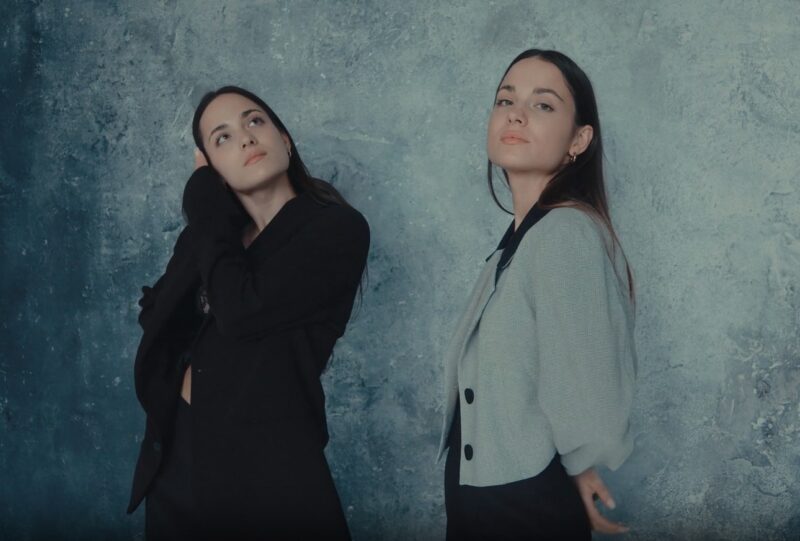The fashion industry, an ever-evolving spectacle of style and innovation, operates on a cyclical rhythm, with trends rising and falling like waves. These waves are the lifeblood of the industry, guiding designers, retailers, and consumers alike.
At the core of this dynamic are the five stages of a fashion trend’s life cycle: introduction, rise, peak, decline, and obsolescence.
1. The Birth and Introduction
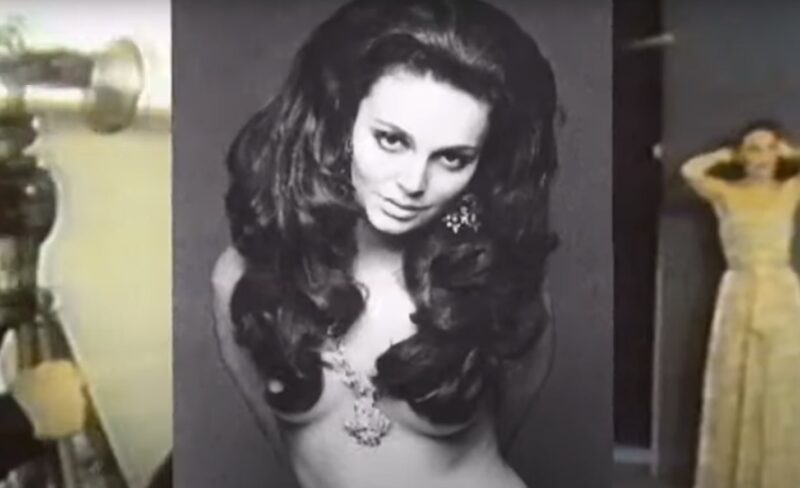
The introduction stage is where the magic begins. It’s the genesis of a new style, often born in the creative studios of major fashion houses or the sketchbooks of visionary designers.
These trendsetters, including icons like Diane von Furstenberg, play a pivotal role in shaping the future of fashion. In this nascent phase, new styles are usually exclusive, presented in limited quantities, and often command high prices.
This exclusivity creates a sense of allure and desirability, setting the stage for the trend’s growth. Fashion weeks around the globe, from Paris to Milan, serve as platforms where these new styles are showcased. The influence of these events is profound, as they often set the tone for the narrative in the upcoming season.
2. Gaining Momentum
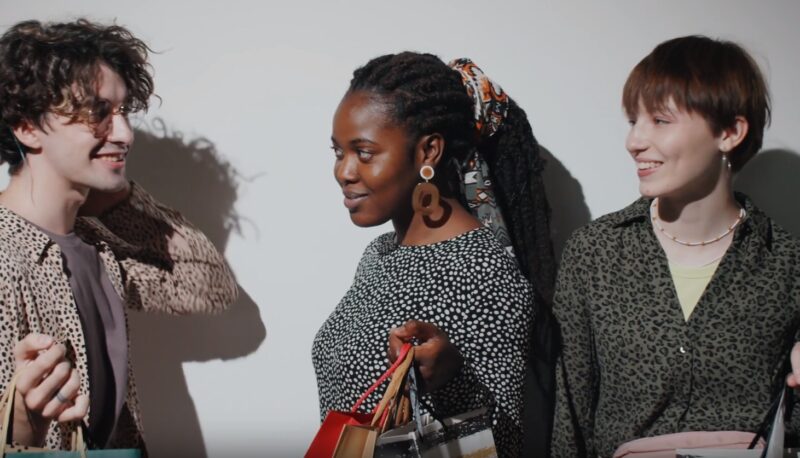
As it enters the rise stage, it evolves from being a novel idea to a growing movement. This is when the trend starts to gain visibility and acceptance among a broader audience. Influencers, celebrities, and fashion-forward individuals play a crucial role in this phase, acting as amplifiers of the trend.
When a style is adopted by a popular figure or seen on a red carpet, it gains credibility and desirability among the masses. During the rise stage, the trend starts becoming more accessible.
Retailers and brands, observing the growing interest, begin to incorporate the trend into their collections. This is particularly evident in fast-fashion brands, which are adept at quickly translating high-fashion concepts into affordable products.
The Impact of Fast Fashion
It has significantly impacted how quickly trends rise. Brands like Zara and H&M can take a trend from the runway to retail in a matter of weeks, fueling its momentum.
This rapid turnaround feeds into the consumer’s desire for the latest styles, but it also leads to questions about sustainability and the ethical implications of such quick production cycles.
3. Peak Popularity

The peak stage is the zenith of its life cycle. This is when the the specific piece is at its most popular, seen everywhere from high-street stores to office spaces.
The style is no longer exclusive; it’s now widely available across various price points, making it accessible to a broad spectrum of consumers. During this stage, the market experiences a saturation of the trend.
It becomes a common sight in advertisements, editorials, and social media feeds. The peak stage represents the point where the trend has the most significant impact on the market, influencing consumer buying patterns and dictating the direction of various collections.
Market Demand and Analytics
Understanding market demand is crucial during the peak stage. Brands and retailers employ sophisticated analytics tools, like AI and Heuritech fashion analysis, to gauge consumer interest and manage inventory. This data-driven approach helps in maximizing profits while ensuring that the market is not oversaturated too quickly.
4. Decline
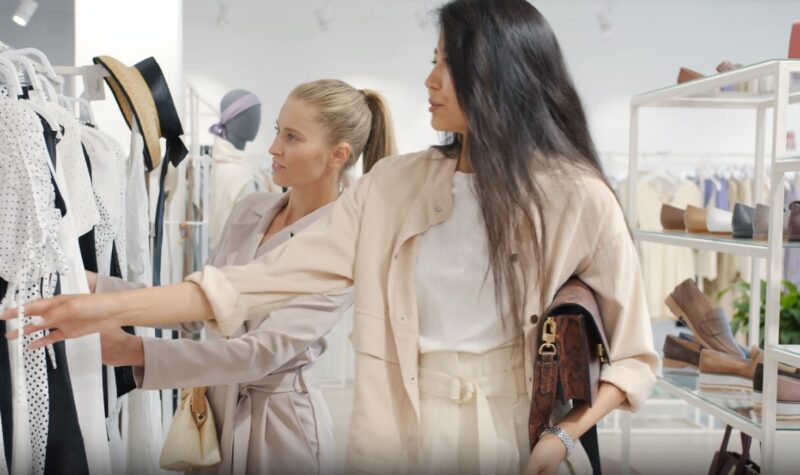
As with all things, what goes up must come down. The decline stage follows the peak, characterized by a gradual loss of popularity. This shift can be attributed to various factors, including market oversaturation, consumer fatigue, or the emergence of new trends.
During the decline phase, consumers begin to move away from the trend, seeking fresher styles. Retailers may reduce prices to clear out inventory, and the trend slowly starts disappearing from high-profile platforms.
This stage marks the beginning of the end for the trend, as it loses its relevance and appeal. Fast fashion plays a significant role in the acceleration of the decline stage. The rapid production and turnover of styles mean that consumers are constantly presented with new options, shortening the lifespan of any given trend.
5. Obsolescence
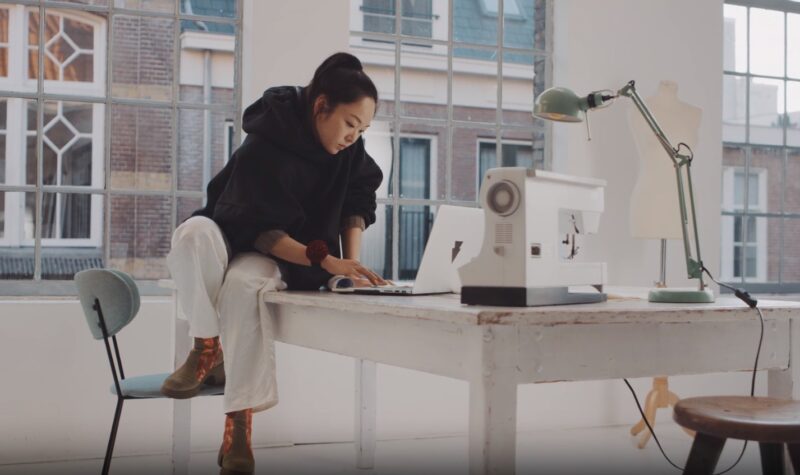
Obsolescence is the final stage of a trend’s life cycle. In this phase, the trend is considered outdated, no longer fashionable or desirable. The style that once dominated wardrobes and store displays becomes a remnant of the past, often replaced by newer, more contemporary trends.
This stage reflects the transient nature of fashion, where today’s must-haves become tomorrow’s forgotten fads. However, the world is replete with examples of trends that have made remarkable comebacks.
Styles deemed obsolete can be revitalized, often with a modern twist, illustrating the cyclical pattern of the fashion world. This resurgence is sometimes driven by nostalgia, a longing for the aesthetics of a bygone era, or the reinterpretation of classic styles by new generations of designers and influencers.
Vintage and Retro Style
The concept of vintage and retro fashion plays a significant role in the resurrection of obsolete trends. As consumers become more conscious of sustainability and the environmental impact of fast fashion, there’s a growing appreciation for timeless pieces and classic styles.
This shift has led to the revival of trends from previous decades, sometimes even blending elements from different eras to create a unique, eclectic look.
External Factors
Popular options is not only internal manifestations of designers’ creativity but also the result of various external influences. These factors play a pivotal role in determining how it evolves through its life cycle, impacting everything from its introduction to its eventual obsolescence.
Social Media and Digital Influence

The digital era has revolutionized the fashion industry, particularly through the influence of social media. Platforms like Instagram, Pinterest, and TikTok have become key players in trendsetting.
Influencers and celebrities use these platforms to showcase new styles, instantly reaching millions of followers. This global exposure accelerates the adoption of trends, pushing them rapidly from introduction to peak stages.
Forecasting
Advancements in technology, especially in the realm of AI and data analytics, have transformed how trends are predicted and analyzed. Fashion brands now use sophisticated algorithms to analyze consumer behavior, social media trends, and even global socio-economic factors.
This data-driven approach aids in anticipating market demands, enabling brands to tailor their designs and strategies accordingly.
Celebrities and Influencers
Celebrities and influencers wield significant power in the fashion industry. Their public appearances, red carpet choices, and personal style can propel a trend into the spotlight. A single outfit worn by a high-profile celebrity can trigger a surge in demand, rapidly escalating a trend through the rise stage.
Global Events
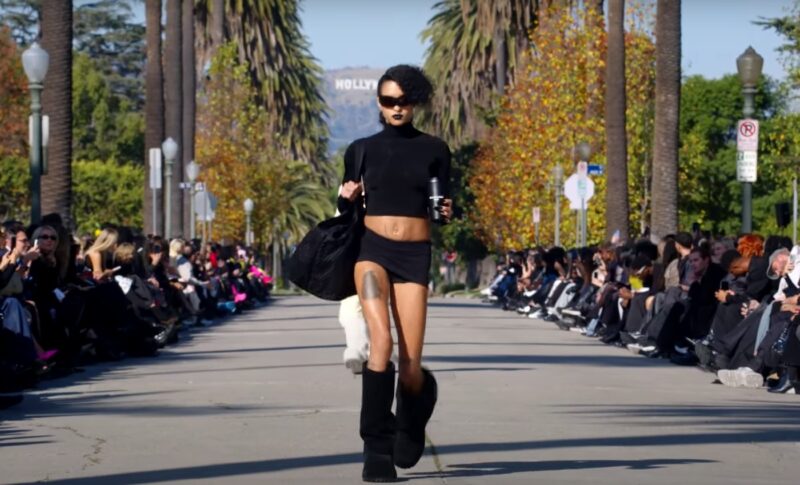
Economic conditions and global events also influence the trends. In times of economic downturn, there’s often a shift towards more practical and long-lasting choices.
Conversely, periods of prosperity may encourage more experimental and luxurious trends. Additionally, global events like the pandemic have led to shifts in fashion, such as the rise of comfortable home wear and a renewed focus on sustainability.
Cultural Shifts
Cultural movements and changing consumer values significantly impact fashion trends. As society becomes more aware of environmental issues, there’s a growing demand for sustainable and ethically produced fashion.
This shift is leading to a rise in eco-friendly materials and practices in the fashion industry. Similarly, cultural trends like the body positivity movement influence the types of styles that become popular, promoting inclusivity and diversity in fashion.
FAQs
What is the rule of 5 in fashion?
The rule of 5 is a guideline for creating versatile and minimal wardrobes. It means that every new piece of clothing you buy should be able to create at least 5 different outfits with the items you already own.
What are the 3 R’s of fashion?
The 3 R’s of fashion are reduce, reuse, and recycle. They are principles for practicing sustainable and ethical fashion, by minimizing the amount of clothing you buy, extending the lifespan of your garments, and finding ways to repurpose or dispose of them responsibly.
What is trend vs cycles in fashion?
A trend is a general direction or movement of fashion that is popular for a certain period of time. A cycle is the process of how a trend emerges, grows, peaks, declines, and becomes obsolete over time.
Why is fashion cyclical?
Fashion is cyclical because it is influenced by various factors, such as culture, history, technology, media, and consumer behavior. These factors change over time and create new demands and preferences for fashion. Fashion also repeats itself because of nostalgia, inspiration, and innovation.
How often do trends cycle in fashion?
There is no definitive answer to how often trends cycle in fashion, as different trends have different lifespans and frequencies. However, some researchers have suggested that fashion trends tend to repeat themselves every 20 years, while others have observed that trends today are much shorter and less predictable than in the past.
Summary
The life cycle of a fashion trend mirrors our dynamic society, shaped by a wide range of external influences, encompassing social media dynamics to global cultural shifts. These factors consistently shape the fashion narrative, determining the ascent, dominance, and eventual decline of trends in the realm of style.
